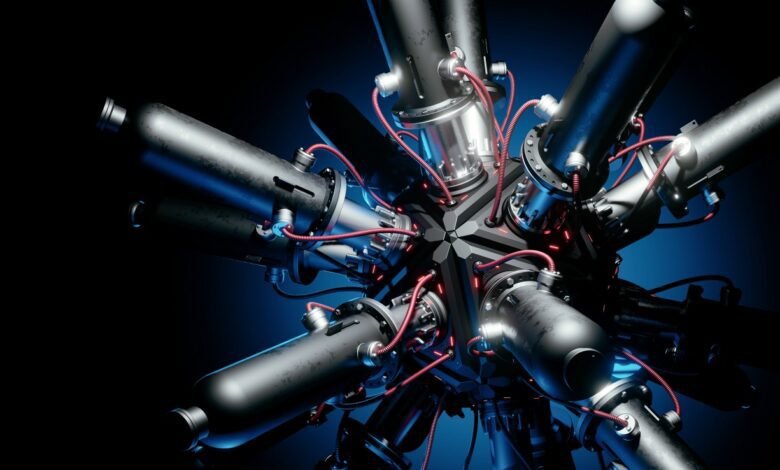Fusion Arc: Bridging Science and Energy Efficiency

In the quest for cleaner and more sustainable energy sources, scientists and engineers have long been exploring the potential of nuclear fusion. Fusion, the process that powers the sun and other stars, has the potential to provide an almost limitless supply of clean energy without the drawbacks of nuclear fission. One of the most promising concepts in the world of fusion research is the Fusion Arc, an innovative approach that holds the key to unlocking the vast potential of fusion energy. In this article, we will explore what Fusion Arc is, how it works, and why it’s such an exciting development in the field of energy production.
The Basics of Fusion
Before delving into the specifics of Fusion Arc, it’s essential to understand the fundamentals of nuclear fusion. Fusion is the process of merging two light atomic nuclei, typically isotopes of hydrogen (deuterium and tritium), to create a heavier nucleus and release an enormous amount of energy. Unlike nuclear fission, which involves splitting heavy atomic nuclei, fusion doesn’t produce long-lived radioactive waste or carry the risk of catastrophic meltdowns.
The Challenge of Controlling Fusion
Achieving controlled nuclear fusion on Earth has proven to be a formidable challenge. To initiate fusion, scientists must recreate the extreme conditions found in the core of stars, including temperatures exceeding tens of millions of degrees Celsius and pressures millions of times greater than Earth’s atmosphere. Once these conditions are met, the atomic nuclei can overcome their natural electrostatic repulsion and collide, releasing energy.
The Fusion Arc Concept
Fusion Arc is an innovative approach to achieving controlled nuclear fusion. At its core, it involves using powerful magnetic fields to confine and compress the plasma—a hot, electrically charged gas where fusion occurs. What sets Fusion Arc apart is its unique magnetic confinement method, which relies on a toroidal (doughnut-shaped) configuration.
The key components of a Fusion Arc system include:
- Magnetic Torus: The core of the Fusion Arc reactor is a magnetic torus where the plasma is confined. Unlike traditional tokamak designs, which use a donut-shaped torus, Fusion Arc utilizes a more compact and efficient toroidal configuration.
- High-Temperature Plasma: The plasma within the torus is heated to extreme temperatures using powerful energy sources like lasers or ion beams. This process initiates and sustains the fusion reactions.
- Sustained Magnetic Fields: Powerful superconducting magnets generate the magnetic fields needed to control and compress the plasma. The unique toroidal design allows for more precise control of the plasma’s shape and stability.
Advantages of Fusion Arc
- Efficiency: Fusion Arc is designed to be more efficient than traditional fusion approaches. Its compact toroidal design minimizes energy losses and enhances plasma stability, making sustained fusion reactions more achievable.
- Safety: Fusion Arc is inherently safer than fission-based nuclear reactors. It doesn’t produce long-lived radioactive waste, and there is no risk of a nuclear meltdown.
- Abundant Fuel Supply: Fusion relies on isotopes of hydrogen, which are abundant and can be extracted from water. The fuel supply for fusion is virtually inexhaustible.
- Low Environmental Impact: Fusion Arc generates clean energy with minimal greenhouse gas emissions, making it a valuable tool in the fight against climate change.
Challenges and Future Prospects
While Fusion Arc shows great promise, several challenges remain, including the development of advanced materials to withstand the extreme conditions within the reactor and achieving sustained fusion reactions at a net energy gain. However, ongoing research and collaboration among scientists and engineers worldwide are steadily advancing the field of fusion energy.
Conclusion
Fusion Arc represents a significant leap forward in the pursuit of clean, sustainable, and virtually limitless energy. Its innovative toroidal magnetic confinement approach offers greater efficiency and control, making controlled nuclear fusion a closer reality. As researchers continue to make progress in this field, Fusion Arc has the potential to revolutionize the way we generate power and usher in a new era of clean energy production that is safe, environmentally friendly, and economically viable.




